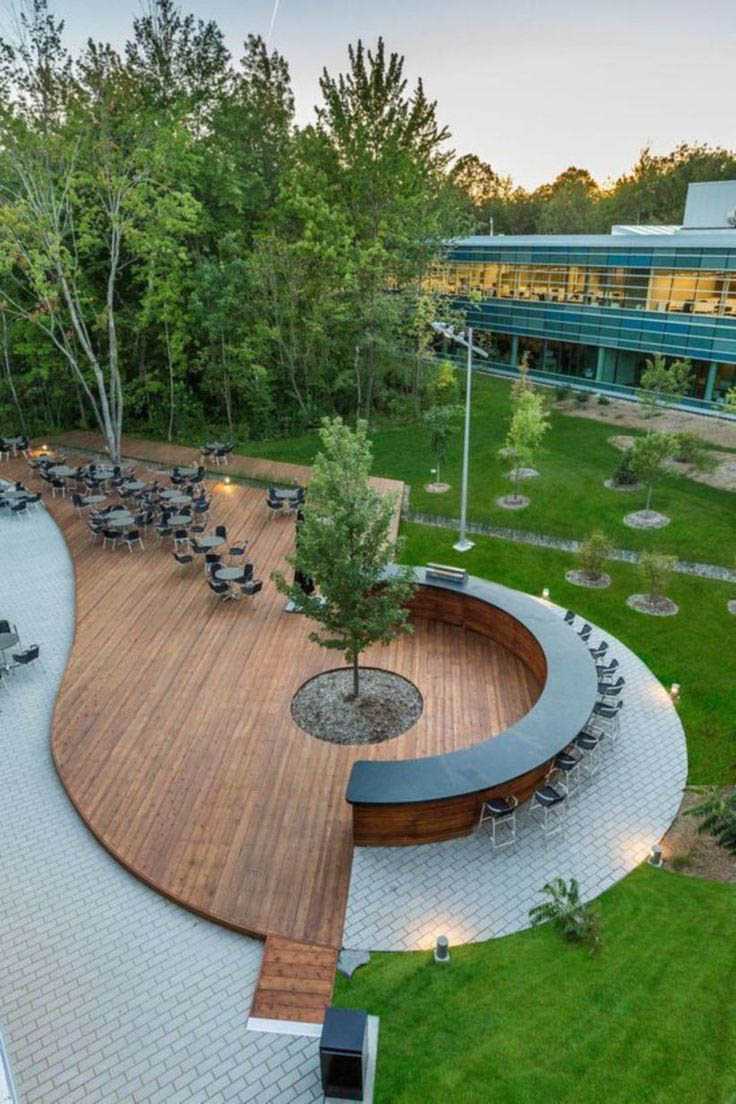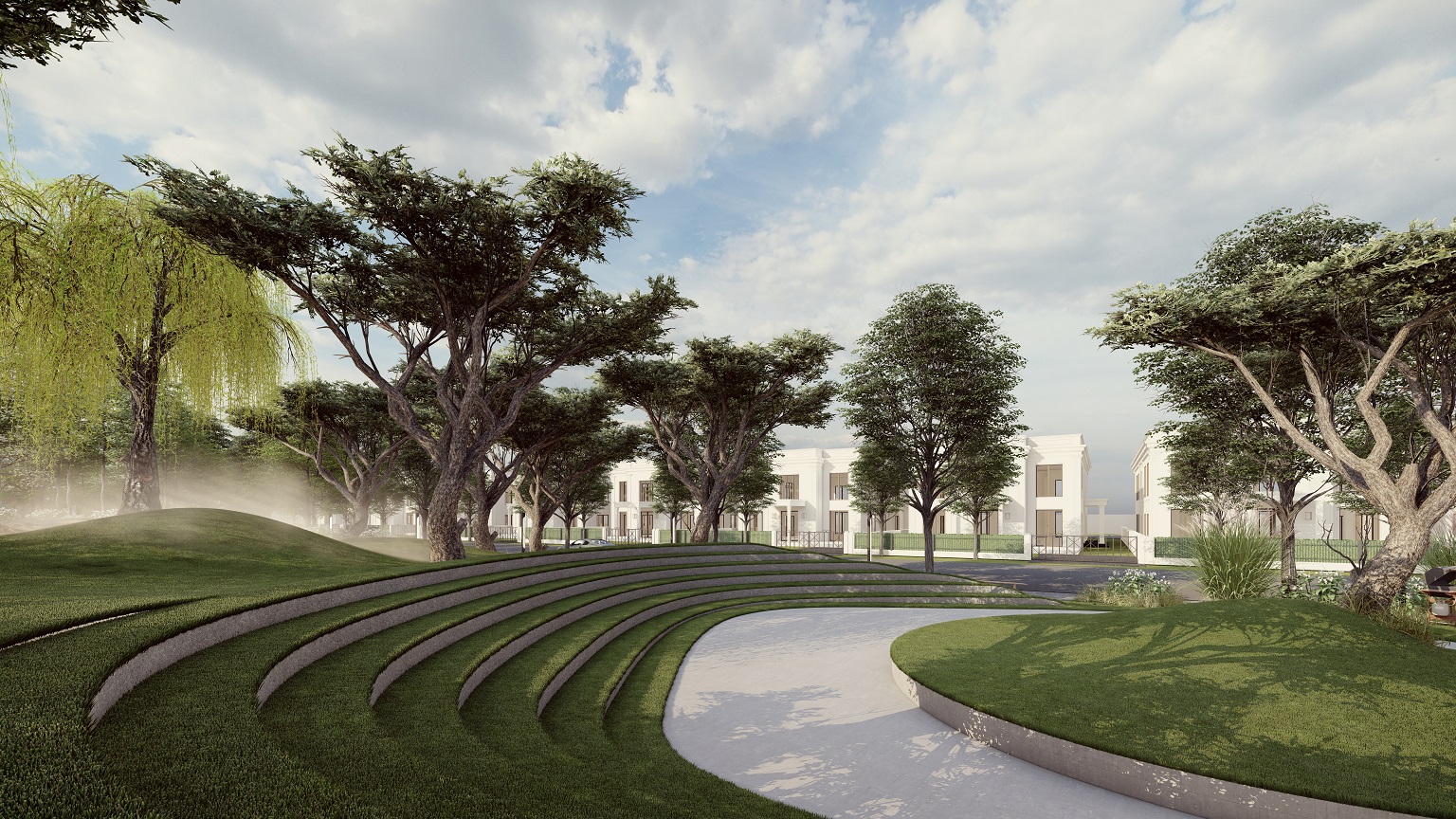Landscape architecture is the art and science of designing outdoor spaces, encompassing everything from parks and gardens to entire neighborhoods and cities. It’s a discipline that blends creativity with practicality, aiming to create beautiful and functional environments for people to enjoy and interact with.
At its core, landscape architecture involves the planning, design, and management of natural and built elements within a given space. This process incorporates various principles such as unity, line, form, texture, color, and scale, all working together to achieve a cohesive and harmonious design.
Types of Landscape Architecture
Site Planning: Site planning focuses on optimizing the use of a piece of land for its intended purpose. It involves considerations such as surface and sub-surface drainage, geology, hydrology, and grading. Examples of site planning can be seen in the layout of residential developments, communities, and estates, where careful consideration is given to factors like accessibility, aesthetics, and environmental impact.
Parks and Recreation: This branch of landscape architecture is dedicated to designing open spaces and recreational areas for public use. From expansive public parks and botanical gardens to smaller-scale playgrounds and sports fields, parks and recreation design aims to create inviting environments that encourage outdoor activity and community engagement.
Heritage Conservation: Heritage conservation in landscape architecture focuses on the recognition, protection, and restoration of historic landscapes. This may involve preserving significant cultural landmarks, restoring historic gardens and estates, or integrating traditional design elements into contemporary landscapes. By honoring the past and preserving cultural heritage, landscape architects play a crucial role in maintaining a sense of continuity and connection to the past.
Urban Design: Urban design encompasses the planning and design of entire cities or urban areas, with a focus on creating functional, sustainable, and aesthetically pleasing environments. Landscape architects working in urban design may address issues such as transportation planning, public space design, green infrastructure, and sustainable development practices. By shaping the built environment in urban areas, landscape architects contribute to the quality of life and well-being of urban residents.
Environmental Restoration: Environmental restoration involves the revitalization and rehabilitation of degraded landscapes, with the aim of enhancing biodiversity, improving ecosystem health, and mitigating environmental damage. Landscape architects working in this field may undertake projects such as wetland restoration, riverbank stabilization, or reforestation efforts, using design principles to promote ecological resilience and sustainability.
Innovation and Creativity in Landscape Architecture
While some landscape design ideas stand the test of time as timeless classics, landscape architects are constantly seeking new and innovative approaches to their work. This spirit of creativity and experimentation drives the evolution of landscape architecture, pushing boundaries and challenging conventions.
From incorporating cutting-edge technologies and sustainable practices to embracing diverse cultural influences and community engagement strategies, landscape architects are at the forefront of shaping the future of our outdoor environments. By blending artistic vision with technical expertise, they continue to redefine what is possible in the realm of landscape design, creating spaces that inspire, delight, and enrich the lives of those who inhabit them.
Landscaping A La 23DC
At 23DC Architects, preserving the natural landscape is at the forefront of our design philosophy. Whether we’re working on residential projects, community developments, or commercial spaces, we prioritize the conservation of existing natural elements. Our approach revolves around integrating the natural terrain seamlessly into our designs, ensuring that large trees, natural vegetation, and unique features are left undisturbed whenever possible. We believe that by harmonizing our structures with the surrounding landscape, we can create homes and environments that feel truly connected to nature.
However, if a site lacks natural vegetation, we take proactive steps to rectify this by implementing suitable landscaping techniques. We recognize that landscaping plays a pivotal role in enhancing the aesthetics and ambiance of any space. As such, we leverage our expertise to select the most appropriate plants, materials, and design elements that complement the existing environment and fulfill the needs of our clients.
In our landscape design process, we adhere to ten fundamental principles that guide our approach:
- Know Your Yard: Understanding the regional climate, topography, and soil type of a site is crucial for effective landscape planning.
- Consider Users’ Needs: We consider how the space will be used and by whom, whether it’s for families with children, pet owners, or outdoor entertainers.
- Think About Themes: We explore thematic concepts that unify the landscape design and complement the architectural style of the surrounding structures.
- Create and Link Spaces: By conceptualizing the landscape as interconnected “rooms,” we design pathways and openings that encourage exploration and movement throughout the space.
- Make Plants Work for You: We strategically select plants based on their functionality, whether it’s providing shade, defining boundaries, or attracting wildlife.
- Structure Your Plantings: We carefully arrange plants in various visual planes to create depth and cohesion within the landscape.
- Highlight Important Points: We utilize unique plants, structures, and ornaments to draw attention to focal points and create visual interest.
- Pay Attention to Detail: We consider the visual, tactile, and olfactory aspects of plants and materials to create a multisensory experience.
- Think About the Future: We plan for the long-term growth and maintenance of plants, ensuring they thrive in their environment for years to come.
- Protect Resources: We prioritize resource-efficient practices, such as water conservation, material recycling, and environmentally friendly hardscaping, to minimize our ecological footprint.
By adhering to these principles, we not only create visually stunning landscapes but also contribute to the sustainability and vitality of the natural environment. At 23DC Architects, we believe that a thoughtful and conscientious approach to landscape architecture can enrich lives and foster a deeper connection to the world around us.







